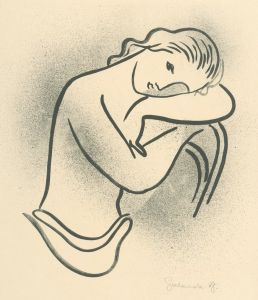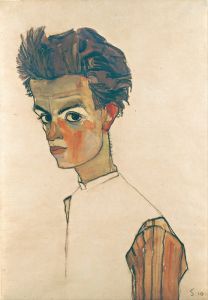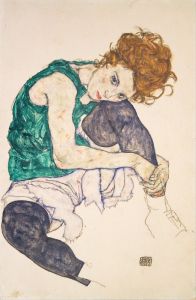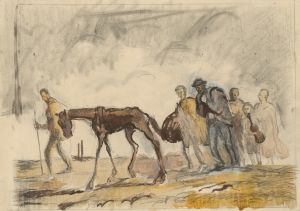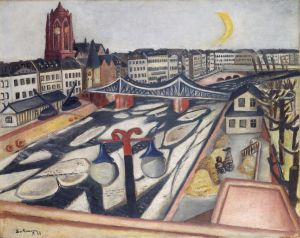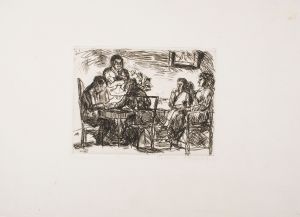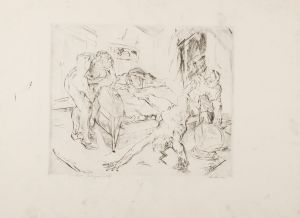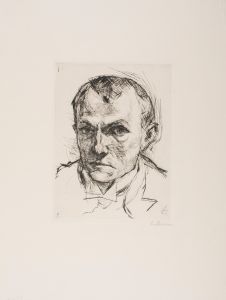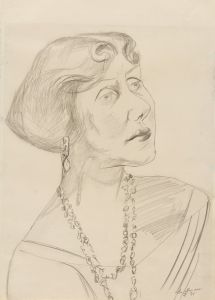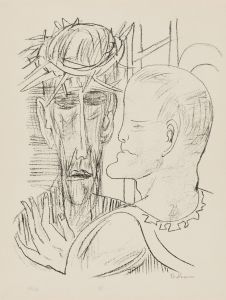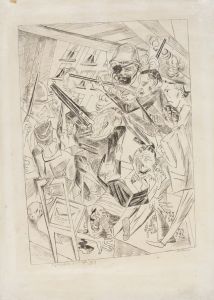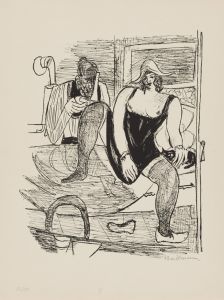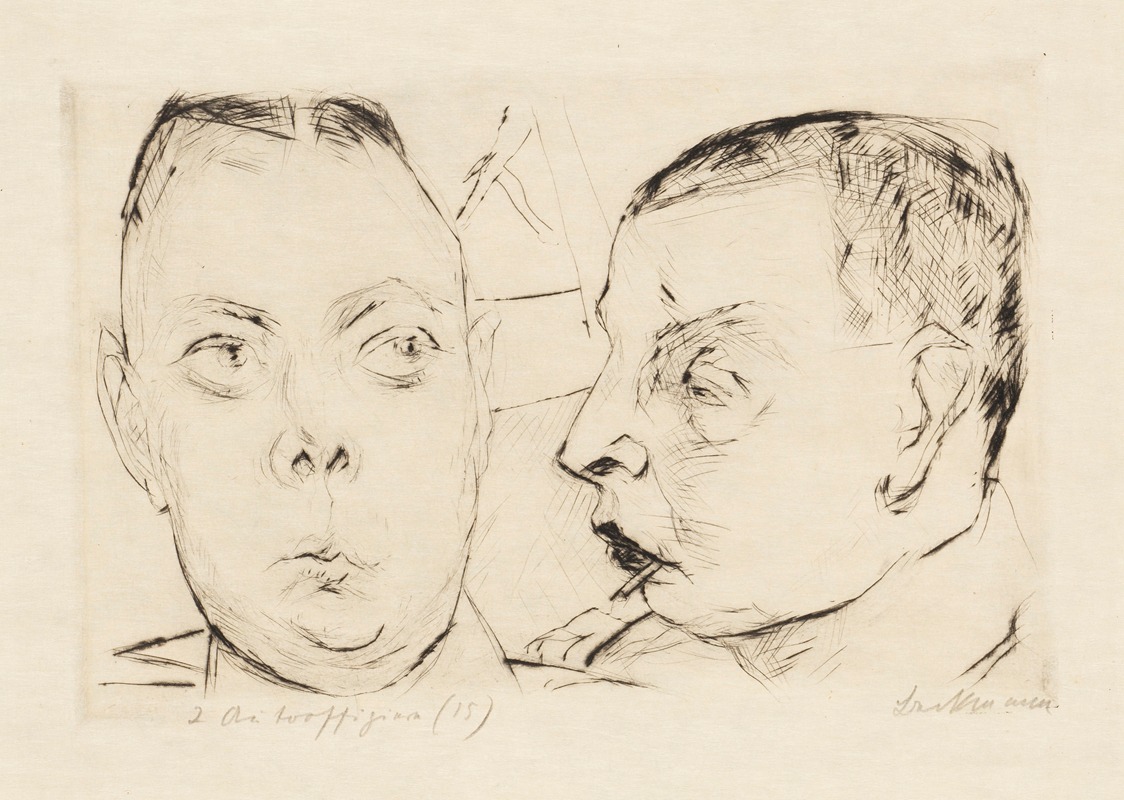
Gesichter Pl.19
A hand-painted replica of Max Beckmann’s masterpiece Gesichter Pl.19, meticulously crafted by professional artists to capture the true essence of the original. Each piece is created with museum-quality canvas and rare mineral pigments, carefully painted by experienced artists with delicate brushstrokes and rich, layered colors to perfectly recreate the texture of the original artwork. Unlike machine-printed reproductions, this hand-painted version brings the painting to life, infused with the artist’s emotions and skill in every stroke. Whether for personal collection or home decoration, it instantly elevates the artistic atmosphere of any space.
Max Beckmann was a prominent German painter and printmaker, associated with the New Objectivity movement, which emerged in Germany in the aftermath of World War I. His work is known for its expressive style and complex symbolism, often reflecting the turbulent times in which he lived. One of his notable works is "Gesichter Pl.19," which is part of a series of prints.
"Gesichter," which translates to "Faces" in English, is a series of lithographs that Beckmann created in the early 1920s. This series is a profound exploration of human expression and emotion, capturing the psychological depth and complexity of his subjects. The series is characterized by its stark, bold lines and the intense, often haunting expressions of the faces depicted.
"Gesichter Pl.19" is one of the plates from this series. Like the other works in the series, it reflects Beckmann's interest in the human condition and his ability to convey deep emotion through his art. The lithograph features a face that is both striking and enigmatic, inviting viewers to ponder the story behind the expression. Beckmann's use of contrast and shadow adds to the dramatic effect, highlighting the contours and features of the face in a way that emphasizes its emotional intensity.
Beckmann's work during this period was heavily influenced by the social and political upheavals of post-war Germany. The Weimar Republic was a time of great change and uncertainty, and Beckmann's art often reflects the anxiety and disillusionment of the era. His "Gesichter" series can be seen as a response to these conditions, capturing the inner turmoil and resilience of individuals in a rapidly changing world.
The technique of lithography, which Beckmann employed for this series, allowed him to experiment with texture and tone, creating images that are both visually striking and emotionally resonant. Lithography involves drawing on a flat stone or metal plate with a greasy substance, then using a chemical process to fix the image so that it can be inked and printed. This method enabled Beckmann to achieve a high level of detail and nuance in his prints.
Max Beckmann's "Gesichter Pl.19" is a testament to his skill as an artist and his ability to capture the essence of human emotion. It remains an important work within his oeuvre, illustrating his mastery of printmaking and his deep engagement with the themes of identity and expression. Beckmann's influence continues to be felt in the art world, and his works are celebrated for their powerful imagery and profound insight into the human experience.





